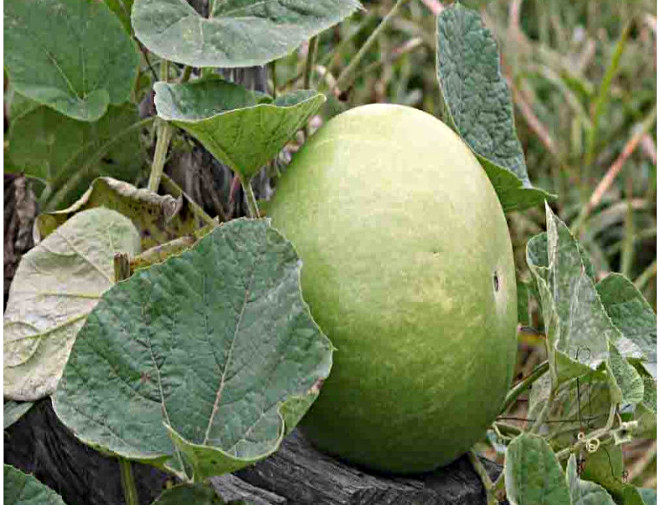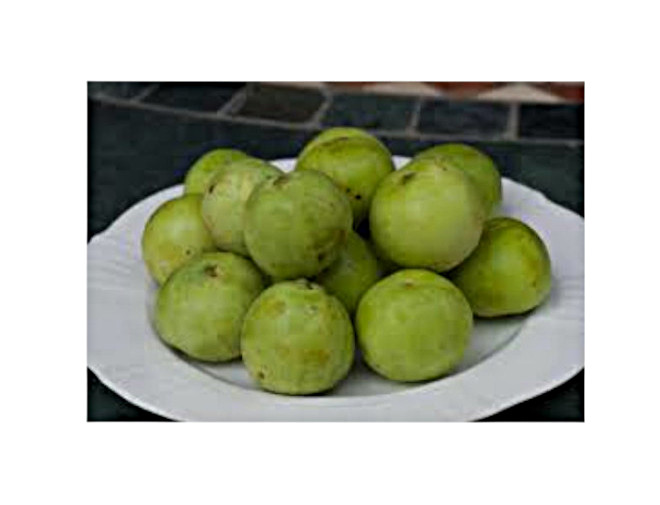Celery Seeds B
₹199.00 Original price was: ₹199.00.₹110.00Current price is: ₹110.00.
Celery (Apium graveolens) is a marshland plant in the family Apiaceae that has been developed as a vegetable since vestige. Celery has a long stringy stalk decreasing into takes off. Contingent upon area and cultivar, either its stalks, leaves, or hypocotyl are eaten and utilized as a part of cooking. Celery seed is likewise utilized as a zest and its concentrates have been utilized as a part of home grown prescription.
Celery leaves are pinnate to bipinnate with rhombic flyers 3– 6 cm (1.2– 2.4 in) long and 2– 4 cm (0.79– 1.57 in) wide. The blooms are smooth white, 2– 3 mm (0.079– 0.118 in) in width, and are delivered in thick compound umbels. The seeds are expansive ovoid to globose, 1.5– 2 mm (0.059– 0.079 in) long and wide. Current cultivars have been chosen for strong petioles, leaf stalks. A celery stalk promptly isolates into “strings” which are groups of rakish collenchyma cells outside to the vascular packs.
Wild celery, Apium graveolens var. graveolens, develops to 1 m (3.3 ft) tall. It happens far and wide. The primary development is thought to have occurred in the Mediterranean district, where the normal natural surroundings were salty and wet, or muddy soils close to the drift where celery developed in agropyro-rumicion-plant networks.
North of the alps wild celery is discovered just in the lower region zone on soils with some salt substance. It inclines toward damp or wet, supplement rich, sloppy soils. It can’t be found in Austria and is progressively uncommon in Germany.
Planting
- Since the season is so long, celery seeds ought to dependably be begun inside for the best achievement rate. For a spring crop, sow seeds inside 10 to 12 weeks before the normal last ice date for your territory. For a fall trim, sow in summer, timing so you can set out transplants 10 to 12 weeks before the main harvest time ice.
- Absorb seeds warm water medium-term preceding planting to decrease germination time.
- To get great germination, don’t cover the seeds with soil. Essentially press the seeds into fertilized soil that is planned for seed-beginning and cover the plate or pots with plastic spreads to hold the dampness. Germination should happen in about seven days
- At the point when the plants are two inches tall, transplant them to singular peat pots or to another, more profound, level with new fertilized soil. In the event that you utilize pads, put the plants no less than two inches separated.
- Plant celery outside when the dirt temperature achieves 50 degrees F. or on the other hand more, and when the evenings don’t plunge down beneath 40 degrees F.
- Work natural fertilizer into the dirt preceding planting. Or then again blend in manure (around one pound of 5-10-10 for each 30 square feet).
- Solidify off seedlings previously transplanting by lessening water somewhat, and keeping them outside for a few hours every day.
- Transplant seedlings 8 to 10 inches separated Direct sow seeds ¼ inch down. These should be diminished to 12 inches separated when they reach around six inches high.
- Mulch the plants after they are 6 inches tall to keep the dirt clammy and the roots cool.
- Water straightforwardly in the wake of planting
Care
- Celery requires bunches of water. Try to give a lot of water amid the whole developing season, particularly amid sweltering, dry climate. In the event that celery does not get enough water, the stalks will be dry and little.
- Include a lot of fertilizer and mulch around the plants to hold dampness. Sidedress with a 5-10-10 manure in the second and third month of development (one tablespoon for each plant and sprinkle it in a shallow wrinkle three to four crawls from the plant and cover it with soil).
- Keep celery weeded yet be cautious while weeding as celery has shallow roots and could without much of a stretch get distrubed.
- Tie developing celery stalks together to shield them from sprawling.
Harvest
- The parts of celery that are reaped are mostly the stalks, which will be over the ground.
- Pick the stalks at whatever point you need. Youthful celery is comparable to the develop item.
- Gather stalks from the outside in. You may start collecting when stalks are around 8 inches tall.
- Celery can be kept in the garden for up to multi month if soil is developed around it to keep up a perfect temperature. Celery will endure a light ice, yet not continuous ices.
- Tip: The darker the stalks turn into, the more supplements they will contain. Surface changes with shading; dull green stalks will be harder.
- Keep celery in a plastic sack in the icebox. Celery stores extremely well; you can keep it for a long time with no inconvenience.
Related products
-
₹55.00Original price was: ₹55.00.₹35.00Current price is: ₹35.00.The Bottle gourd can be developed in... -
₹55.00Original price was: ₹55.00.₹35.00Current price is: ₹35.00.Lady Finger Desi is developed for its... -
-
₹55.00Original price was: ₹55.00.₹35.00Current price is: ₹35.00.The one of a kind Tinda squash...






